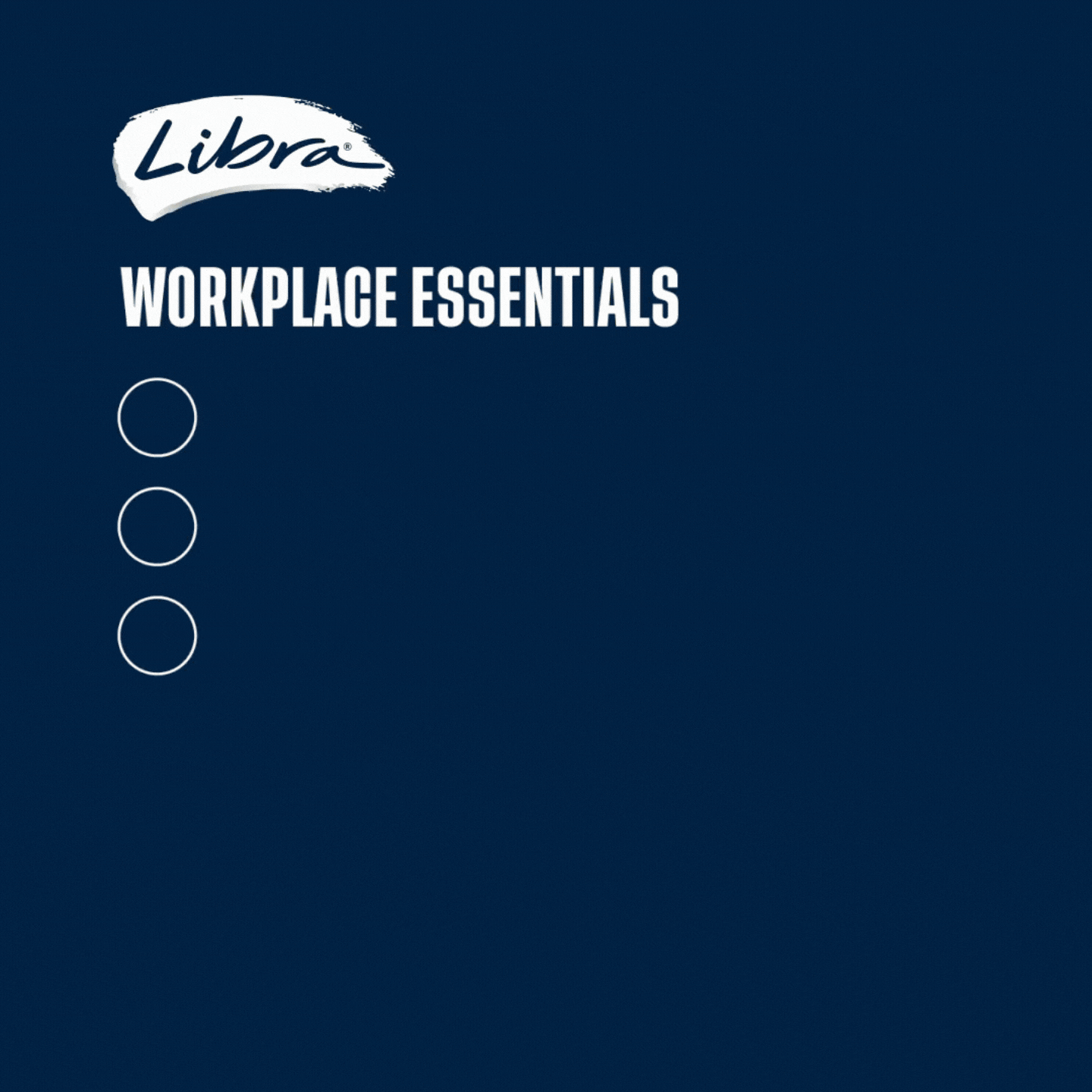Dr Cathy Foley’s CV includes so many accolades and major project contributions it’s intimidating. The thirty-year veteran of the CSIRO has contributed to some of Australia’s most influential scientific and commercial initiatives.
Now Chief of the CSIRO’s Materials Science and Engineering division, Foley’s responsible for more than 870 people on six sites and two different cities for the organisation, working on the funding, research and development of projects across a wide range of disciplines. She’s part of a tiny minority of women who hold senior positions in science, and a worthy recipient of the 2013 NSW Women of the Year award.
Not bad for someone who never believed science was a career option as a high-school student.
At home, she’s helped raise six kids including three step children, and experienced a long-term “career plateau” in which her career with the CSIRO slowed, but her life outside of work excelled.
All this experience has Foley on a self-described “mission” to get more women into leadership positions in science, one that starts with her advocacy work encouraging girls in high school to study maths and sciences, and continues all the way up to seeing women put themselves forward for promotions.
“There are a number of women in science I see with extraordinary potential. They’re in their thirties and balancing a number of different things as you do at that stage, but I can’t wait for them to put their hands up for the next stage of leadership roles,” she tells Women’s Agenda.
Foley says she’ll personally encourage women to apply for leadership roles at the CSIRO that come up in 2014. She says it’s essential that women at least “put their hat in the ring” to let others know they’re interested, or risk not being considered at all.
“Sometimes, I think women don’t ask for the opportunities to have the training they need to get to where they’re going. That’s part of the leadership expectation. If you’re going to be a leader, you need to drive the agenda. That’s the normal practice, not necessarily the right practice.”
We’re still dealing with a world stuck on a “male construct” of what it means to be a leader, according to Foley, which women may need to work around. “There are times I think that people make decisions on behalf of women with children without actually checking with the women.”
She says there’s power in offering people a firm ‘yes’ or ‘no’ answer to requests, particularly from women who are asked to get involved in activities related to where they want to go. “If you say ‘I’ll think about it’, people will take that as a ‘no’. Go with ‘yes’ or ‘no’ – it’s just as powerful to say ‘no’ and that you’d like to be asked again in the future.”
Foley’s own path to the top job took some time and encouragement – early, from a high school teacher and later from mentors and those she reported to. Even as deputy Chief she hesitated on accepting a promotion: “My [former[ boss, who was the Chief at the time, hinted in my annual performance evaluation, ‘Would you think about being Chief?’ I thought, ‘oh I’m not sure I would be able to.’ But I’ve always said yes. So I told him, ‘Yes, but I’d have to think through how it would work.”
She sees herself as part of a generation of women achieving senior leadership positions later in life, pursuing opportunities to excel their careers after their kids have left school.
If women feel their careers are “plateauing” during their thirties, Foley has some advice: “I say, ‘Hang in there, you might get a pleasant surprise. Once your kids finish high school you get all these new opportunities’.”
Foley made the most of her own “career plateau” by getting involved in activities outside of the CSIRO that were relevant to her children at the time. She accessed new skills and experience by helping out with child care – becoming the treasurer of a centre for seven years and dealing with everything from recruitment to government regulations and OH&S. She also got involved in school activities, as well as working with not-for-profits, running conferences and editing journals. “You get more from experience and learning on the job than you could ever have in training,” she says.
Despite the ‘plateau’ Foley’s achieved plenty of firsts in her work with the CSIRO. Her widely-cited portfolio includes leading the High Temperature Superconductivity group, establishing the CSIRO’s presence in quantum engineering and developing the fabrication technology at the heart of the LANDEM mineral exploration system. She has a Doctor of Philosophy in Physics, a Bachelor of Science and Diploma of Education.
Meanwhile, managing a large household at home and a huge team at work, Foley says it’s lucky she came from a big family herself and is not hugely fussed about ‘me time’. “Ten minute here and there has always been enough,” she says. “Every now and again if it all gets too much I’ll go to a shopping centre, have a cup of coffee for half an hour and then come back to work feeling like I’ve had a holiday.”

